The Dark Origins of Disney Classics
Disney films have been loved and watched by millions since the release of their first animated feature, Snow White and the Seven Dwarfs, way back in 1937. Alongside the impressive animation and catchy soundtracks are the captivating stories that appeal to kids, teens, and adults. But, where do these stories come from? Did the Disney geniuses make them all up?
Well, not exactly – most of them were adaptations of older myths and fairy tales. To be more specific, films like Cinderella, Bambi, and The Hunchback of Notre Dame were adaptations of quite violent and intense fairy tales. Understandably, Disney took out a lot of the extra violent parts to make the movies more palpable for kids. In this post, however, let’s take a look at some of the darker details.
Sleeping Beauty
Disney’s Sleeping Beauty was released in 1959, but the original story was written in the 17th century. Both tales begin with a princess fulfilling a prophecy by falling into a state of deep sleep. From there, the old story takes a different (and far more gruesome) turn.
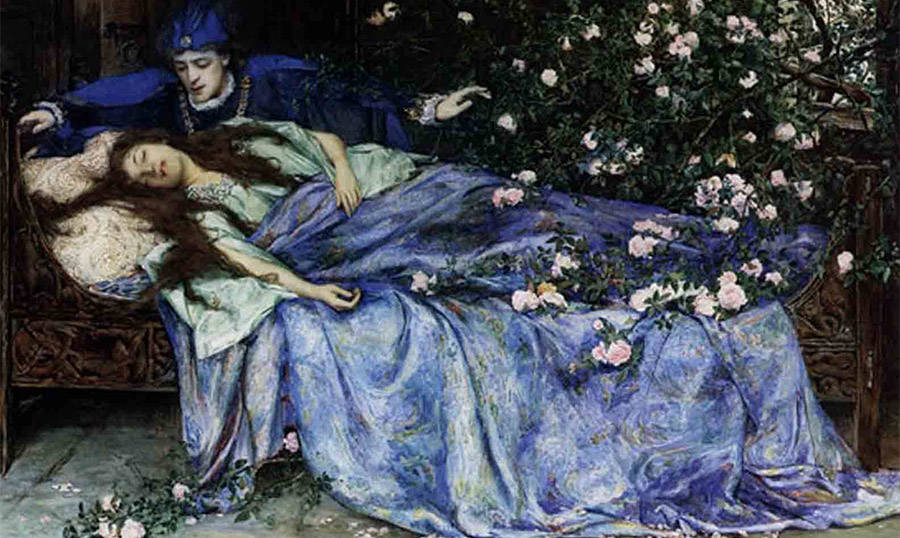
Wikimedia Commons
Rather than a cute kiss to wake the princess, the king rapes and impregnates her as she lies unaware. Then, nine months later, princess Talia gives birth to twins who wake her up. Talia falls for the king, but the queen gets jealous. So feeds Talia’s twins to the king.
Cinderella
Disney’s original Cinderella came out in 1950. Over five decades later, Cinderella II came out as well. In the sequel, Cinderella’s nasty stepsisters weren’t as nasty as before. Instead, Anastasia even fell in love with a baker – a romance that Cinderella actively encouraged.
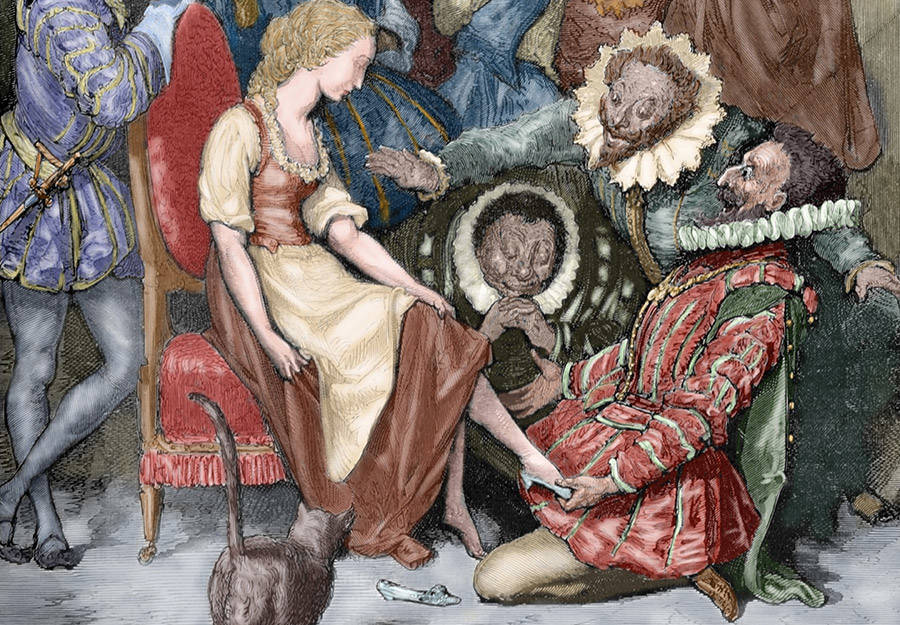
PHAS/UIG/Getty Images
Both of these plot lines were very different from the grim fates that the aptly named Brothers Grimm gave the characters in the early 1800s. In the older version, kindness wasn’t there – in fact, the stepsisters actively tried to cut off pieces of their own feet so the glass slipper would fit.
Pinocchio
In 1940, Disney released Pinocchio. It told the story of the lovable young puppet Pinnochio and his desire to one day be a real boy. Alongside Pinocchio, audiences follow Jiminy Cricket, his friendly advisor who helped Pinocchio in the pursuit of his dream.
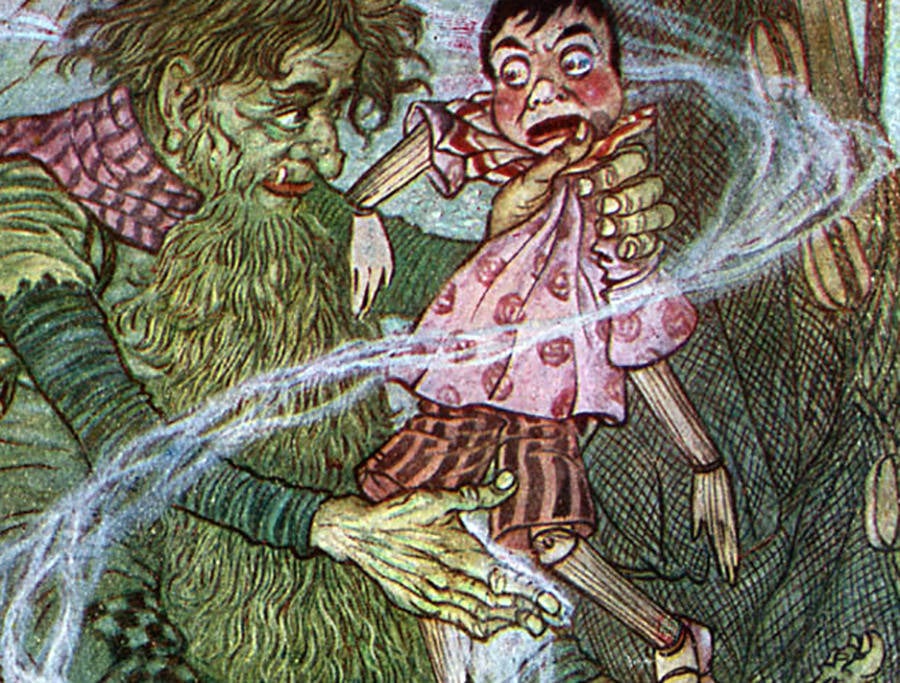
Culture Club/Getty Images
It was a charming story that was far different than the original. The original was written by the Italian writer Carlo Collodi to show kids what happens when you behave badly. To do so, he made Pinnochio so cruel that he ended up killing Jiminy Cricket with a mallet.
The Little Mermaid
Hans Christian Andersen’s The Little Mermaid (1837) told the tale of Ariel striking a deal with the sea witch. The witch agreed to make Ariel the mermaid a human so she could win the love of the prince.
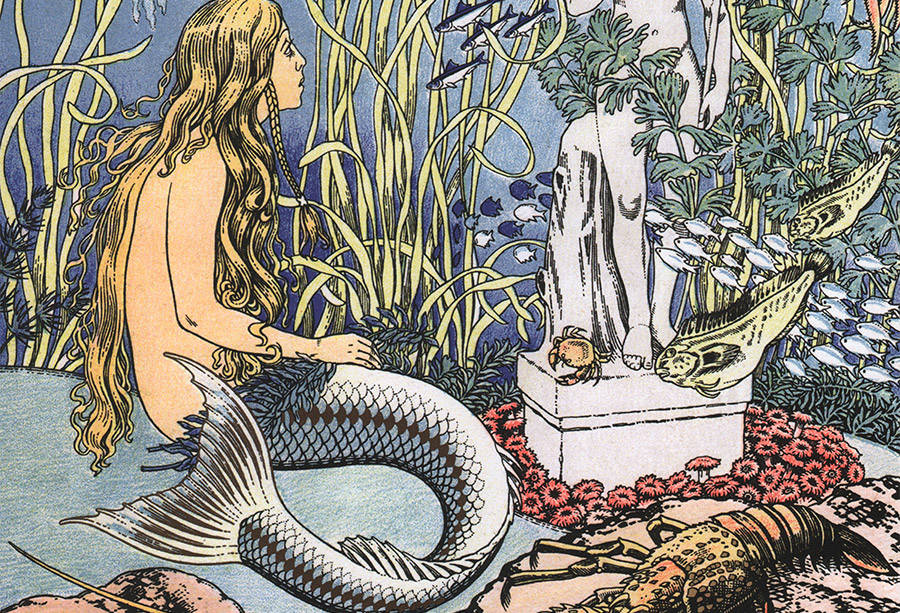
Wikimedia Commons
However, Ariel had to give up her tongue for legs. Also, each step felt like walking on glass. She could only remain human if the prince kissed her. Tragically, he didn’t. The prince didn’t recognize her and Ariel dissolved into sea foam. Much different from the happily ever after romance in the Disney film!
Bambi
Disney’s 1942 film Bambi was based on the 1923 novel Bambi, a Life in the Woods by Felix Salten. The film, as millions of people know, is a heartwarming tale of life in the forest even though there is tragedy such as the death of Bambi’s mother at the hands of “Man” the hunter.
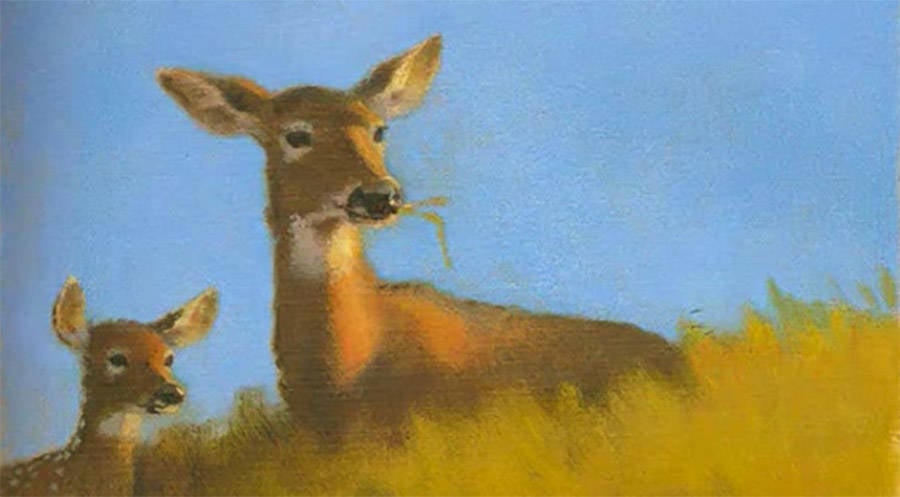
YouTube
The book, however, is much heavier on the tragedy. It touches on life cycles alongside themes of humans versus nature. In fact, toward the end, Bambi sees the dead body of the hunter and knows humans aren’t the most powerful.
The Hunchback of Notre Dame
Disney’s 1996 film The Hunchback of Notre-Dame tells the story of Quasimodo, his guardian Frollo, and their mutual love interest Esmeralda. The Disney film ends on a rather rough note where Quasimodo pushes Frollo to his death off the Cathedral roof so he can have Esmeralda to himself.
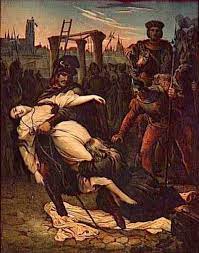
The Victor Hugo novel it’s based on is a bit different. In that, Frollo gets Esmeralda framed for murder. As a result, she’s hanged. Frollo laughs at it – so Quasimodo pushes him to his death. Then, Quasi dies of starvation by refusing to leave Esmeralda’s grave.
Snow White
In the early 1800s version of Snow White, the Brothers Grimm allow her to fall in love at the end. However, that came after two failed attempts on her life. When Snow White finally tried the poison apple, she fell into a coma.
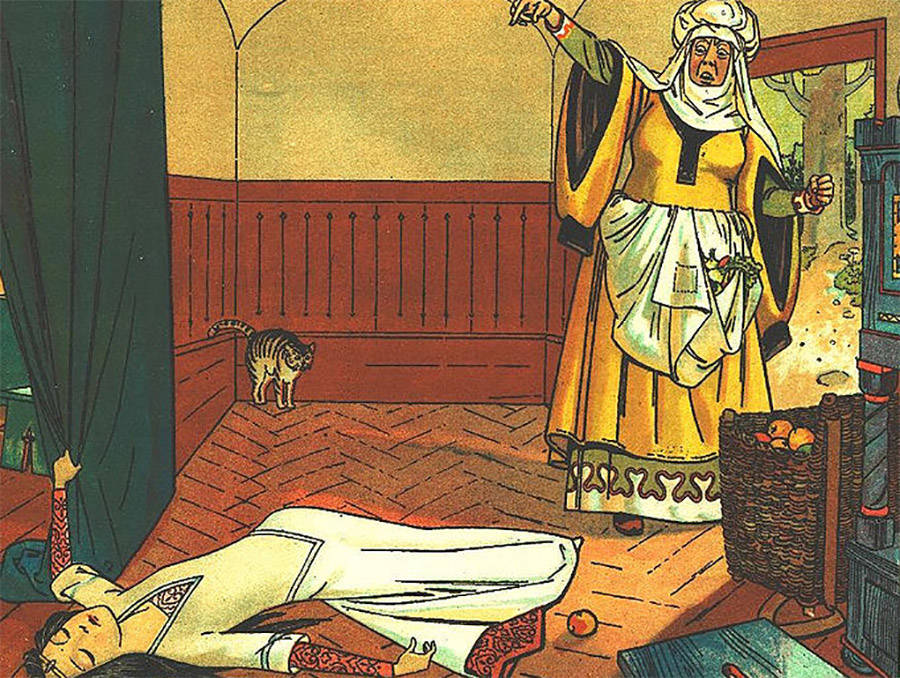
Wikimedia Commons
It was only when the prince kissed her that she came back alive. They get married shortly after. In the Grimms Brother version, the witch who poisoned her is at the wedding. However, she’s made to dance in burning-hot iron shoes until she dies.
Mulan
Disney’s 1998 film Mulan was based on the Ancient Chinese legend of Hua Mulan. The film shows Mulan dressing up as a man so she can go to war. Although she gets kicked out of the army because her secret is found out, she eventually regains their confidence and leads them toward victory.
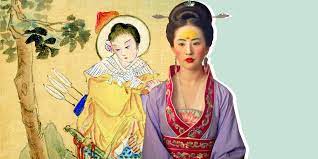
The ancient legend is less uplifting. Instead, Mulan returns to a broken home with a dead father and a remarried mother. She’s told to head to the palace to be the king’s concubine. She resists by committing suicide.
Frozen
Disney’s 2013 animated hit Frozen was loosely based on Hans Christian Andersen’s 1844 story The Snow Queen. The Disney film is an uplifting tale of not fearing your own power. The Hans Christian Andersen story is not.

Instead, it’s the story of the devil creating a magic mirror that shows everyone their dark sides. When the mirror gets shattered, it leaves splinters in everyone’s eyes and freezes everyone’s hearts. This causes a boy named Kai to be incredibly cruel, which, in turn, gets him kidnapped by the Snow Queen.
The Lion King
Disney’s 1994 film The Lion King was a massive hit. In fact, it was the highest grossing animated film of all time until 2003’s Finding Nemo! In short, people loved the story, the characters, the scenes, and the Elton John soundtrack.
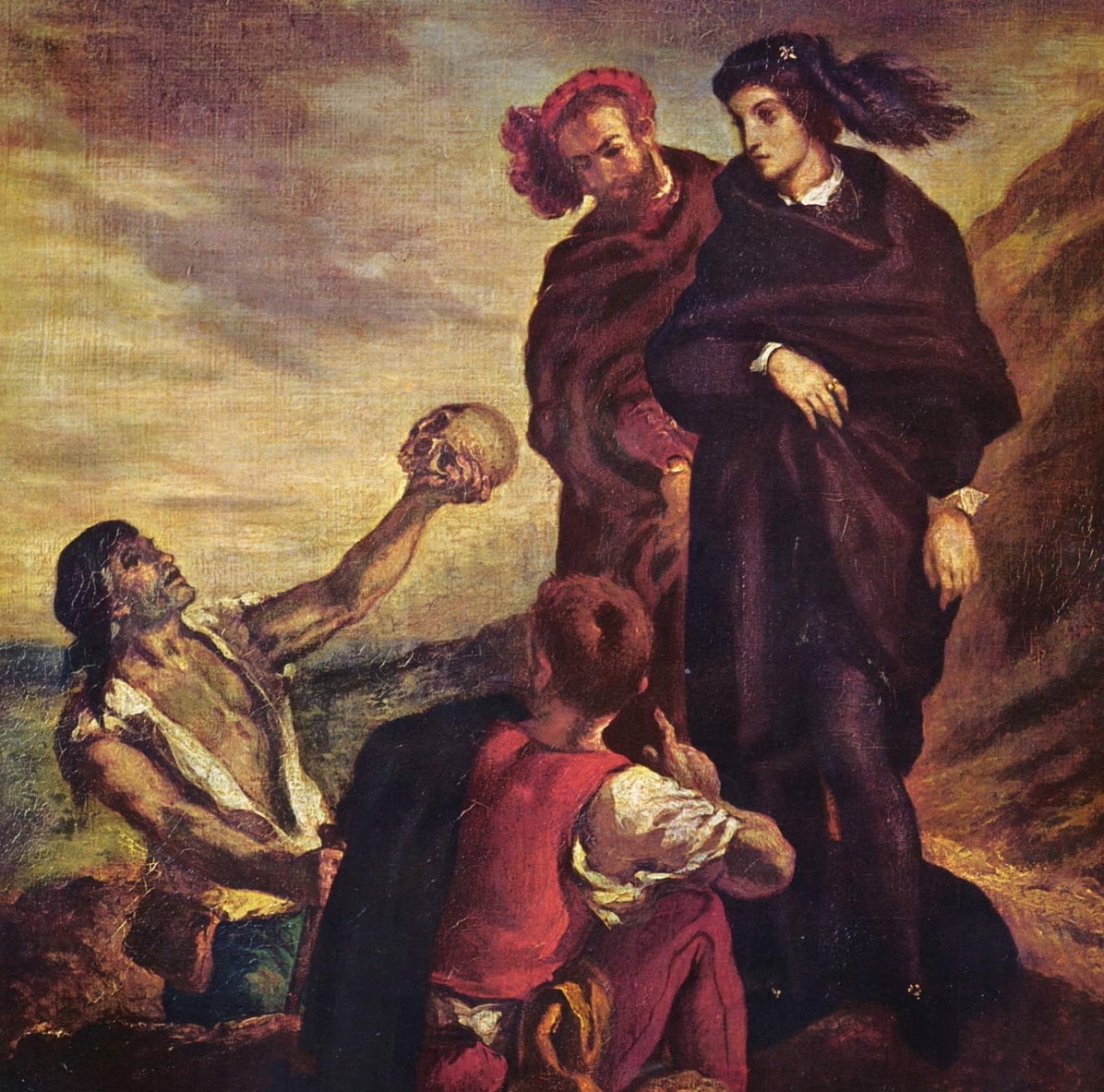
Most people probably don’t know, however, that the story of Simba avenging his father’s death by killing his Uncle Scar was heavily influenced by Shakespeare’s Hamlet. In that tragic tale, Prince Hamlet gets revenge on his Uncle Claudius because Claudius killed Hamlet’s father to gain the throne.
Rapunzel in Tangled
Disney’s 2010 film Tangled was heavily influenced by the Brothers Grimm’s tale Rapunzel. In the 19th century story, Rapunzel gains the love of a passing prince and that makes her witch captor jealous.
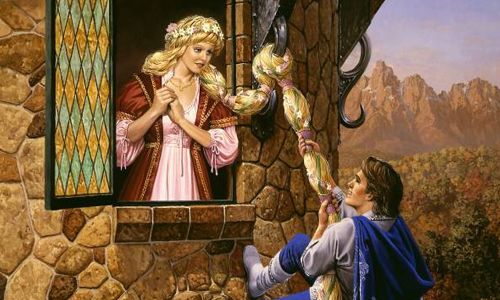
So, the witch cuts her hair off, tricks the prince into climbing the tower by holding onto the hair, and then lets the prince fall off the tower. He lands on thorns and blinds himself, then wanders through the woods. Luckily, Rapunzel finds him, and her tears restore his sight.
The Fox And The Hound
Disney’s The Fox and the Hound was based on a 1967 Daniel P. Mannix book. It has its fair share of drama and violence – including attacking animals, death threats, and the sad rivalry of Tod the red fox and Copper the hound dog.
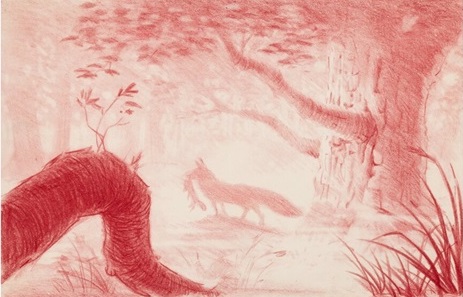
However, the book is more intense. The movie resolves on a happy note. The book sees Copper forced to single-mindedly hunt down Tod. Eventually, he does and Tod dies of exhaustion. Then, Copper’s alcoholic owner kills Cooper so he can spend his days in a nursing home.
Hercules
The 1997 Disney film Hercules was, as you might have guessed, based on the Ancient Greek myth of Heracles (Hercules is his Roman name). The film follows the teen god Hercules confronting and outwitting the monsters his father Zeus and brother Hades sent to kill him.

During this journey, Hercules falls for Meg and ventures into the underworld to save her. After that, they live happily ever after on earth. In myth, however, things turn out differently. Hercules also falls for Meg, but Hercules’s mother (who hates him) makes him go mad and kill Meg. Then, he marries three more times.
Peter Pan
Disney’s 1953 film Peter Pan was the story of an English girl named Wendy and her visit to Neverland, a place where people never grow up. On her trip, Wendy meets up with Tinker Bell, Tiger Lily, and, of course, Captain Hook.
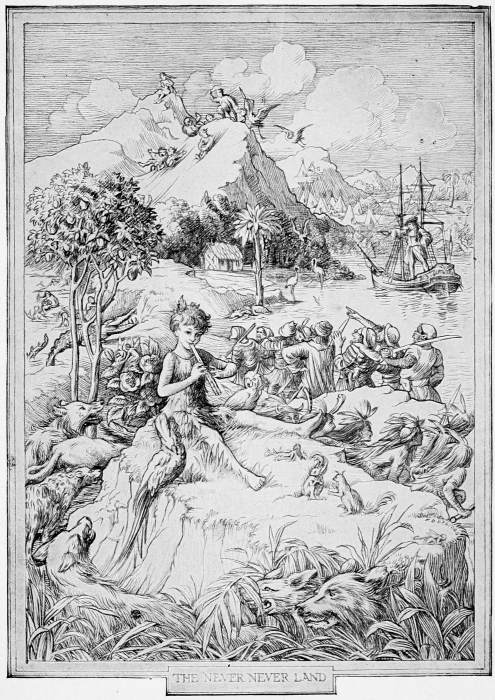
She and Peter Pan have plenty of adventures before she returns home. In the 1904 play it’s based on, Peter Pan doesn’t simply “dislike” adults – he actively seeks to destroy them. In fact, he kills his buddies The Lost Boys when they grow too old.
Beauty and the Beast
Disney’s 1991 film Beauty and the Beast tells about the uncommon love story of a book-loving girl named Belle and Beast, a former arrogant prince who was turned into a Beast. Although it takes a while, both of them eventually fall in love and live happily ever after.
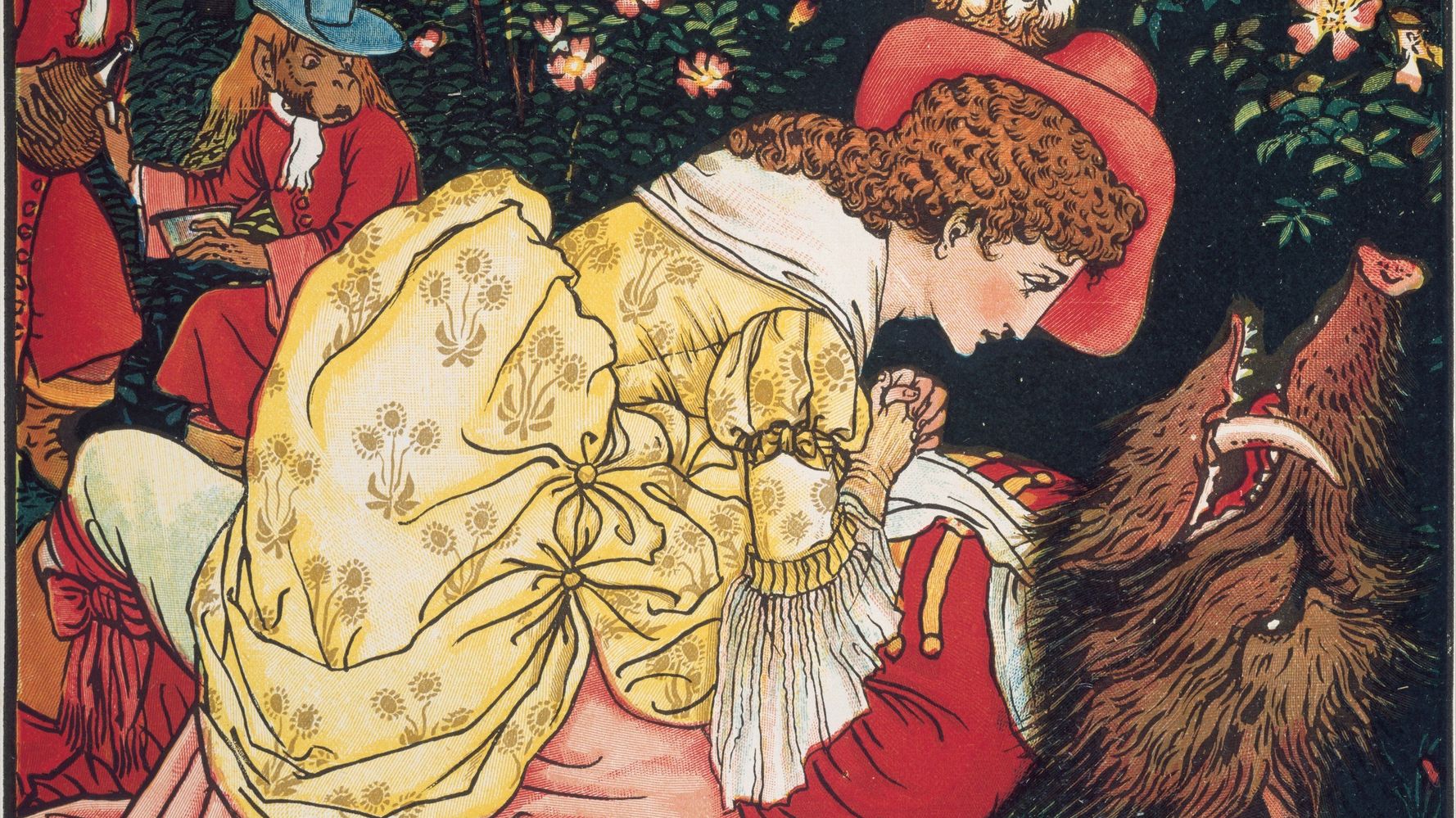
The 1756 fairy tale is a bit different. In that story, Belle’s jealous sisters want to have her killed because she’s having too much fun with the Beast. So, they concoct a plan to get the Beast mad enough to murder her.
